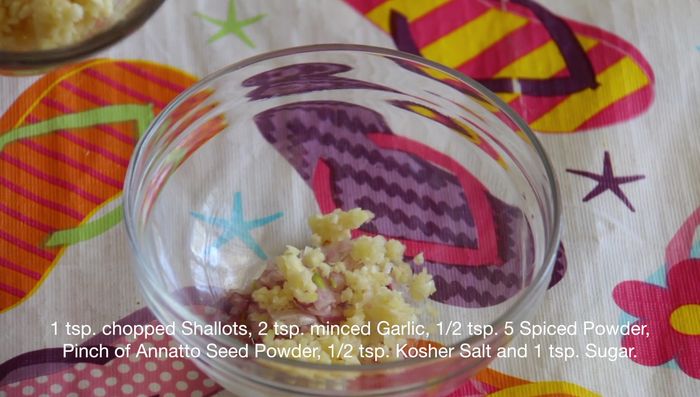Thịt nguội, or Vietnamese cold cuts, are far more than just a simple addition to a banh mi; they're a cornerstone of Vietnamese cuisine, offering a delightful balance of savory, subtly sweet, and slightly spicy flavors. These flavorful meats, often featuring a blend of pork and sometimes other meats like chicken or beef, are meticulously prepared, resulting in a texture that's both tender and satisfying. The process is surprisingly approachable, lending itself to homemade versions that surpass store-bought alternatives in both taste and quality. Understanding the nuances of creating authentic thịt nguội unlocks a deeper appreciation for this essential ingredient.
From the careful selection of ingredients to the precise cooking techniques, mastering the art of making thịt nguội elevates your culinary skills and allows for complete control over the final product. This ensures a consistent, high-quality result every time. Ready to experience the satisfaction of creating your own delicious Vietnamese cold cuts? Let's dive into the step-by-step guide to crafting authentic thịt nguội, perfect for your next banh mi or as a standalone appetizer.
Tools Needed
- small bowl
- strings
- steamer
- plastic wrap
- French baguette (or other bread)
- knife
Ingredients
- Pork belly: 2 pounds (approx. 10" x 4" x 1.5")
- Minced garlic: 2 teaspoons
- Chopped shallots: 1 teaspoon
- Five-spice powder: 1 teaspoon
- Anise seed powder: a pinch
- Kosher salt: 1/2 teaspoon
- Sugar: 1 teaspoon
- Red food coloring: a few drops
Step-by-Step Instructions
Step 1. Prepare and Marinate the Pork Belly
- Rinse and scrape the skin of the pork belly. Set it on a rag and let it air dry.
- Mix 1 teaspoon chopped shallots, 2 teaspoons minced garlic, 1/2 teaspoon five-spice powder, a pinch of anise seed powder, 1/2 teaspoon kosher salt, and 1 teaspoon sugar in a small bowl.
- Rub the mixture onto the pork belly (excluding the skin). Cut small slits into the meat and rub the mixture in. Do not cut all the way through.
- Cover with plastic wrap and let it marinate for about two hours.




- After two hours, turn the pork belly over. Mix minced garlic, a pinch of five-spice powder, and a few drops of red food coloring, and rub it into the skin.

Step 2. Steam and Cool the Pork Belly
- Roll the pork belly and tie it with strings, ensuring it's not too tight or too loose.
- Steam the rolled pork belly for about 1 hour and 30 minutes, or until tender. Check with a skewer; it should go through easily.
- Remove from the steamer, let it cool completely, and refrigerate overnight.



Step 3. Slice and Prepare the Cold Cuts
- Remove the strings the next day, trim the sides evenly, and slice the pork belly.

Step 4. Assemble the Banh Mi
- Split a baguette, add cold cuts, soy sauce with chili pepper, cucumbers, pickled daikon and carrot, cilantro, jalapenos.

Tips
- Anise seed powder can be found in the spice section of Asian markets.
- The full recipe is available in the description box and on the blog.
Nutrition
- Calories: 670
- Fat: 58g
- Carbs: 2g
- Protein: 30g
FAQs
1. Can I use different types of meat in my Thịt Nguội?
Yes! While traditionally pork is used, you can experiment with chicken, beef, or even a combination. Adjust cooking times accordingly depending on the meat's leanness.
2. How long does homemade Thịt Nguội last?
Properly stored in the refrigerator, homemade Thịt Nguội will last for 3-5 days. For longer storage, consider freezing it in airtight containers for up to 2 months.
3. What's the best way to serve Thịt Nguội?
Thịt Nguội is a star ingredient in Banh Mi sandwiches! You can also serve it sliced as an appetizer with fresh vegetables, or add it to rice noodle dishes for extra protein and flavor.
Making your own Thịt Nguội is a rewarding experience, elevating your banh mi game and offering a delicious taste of authentic Vietnamese cuisine. The process, while requiring some time and attention, is surprisingly straightforward and yields incredibly flavorful results. Now, go forth and create your own masterpiece – the perfect, homemade Thịt Nguội for the ultimate banh mi.
